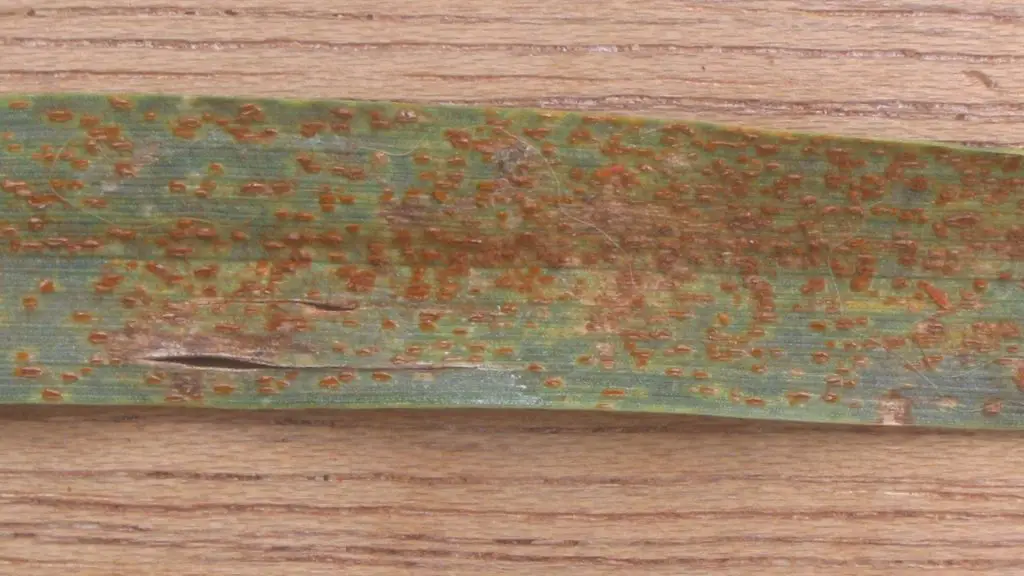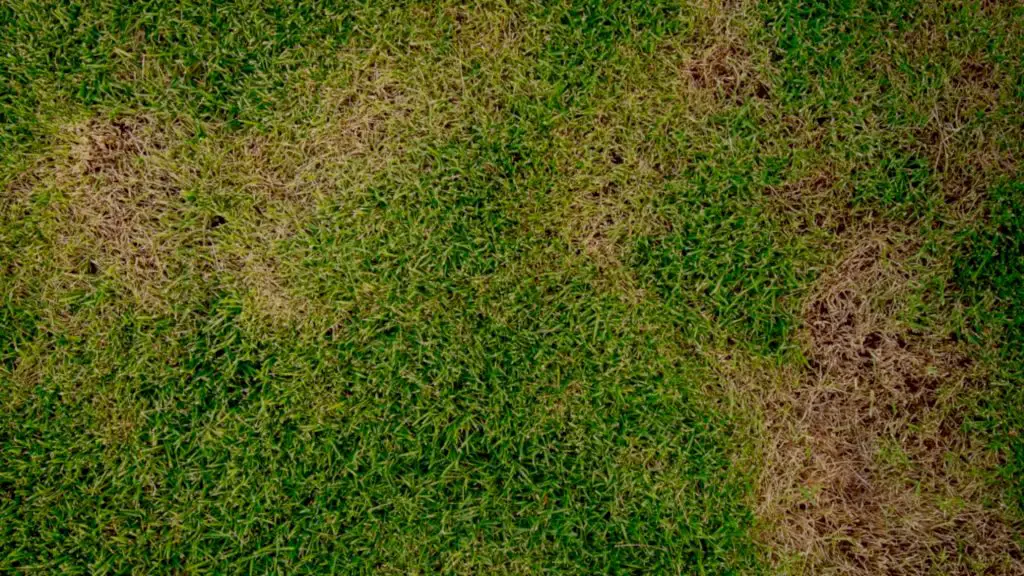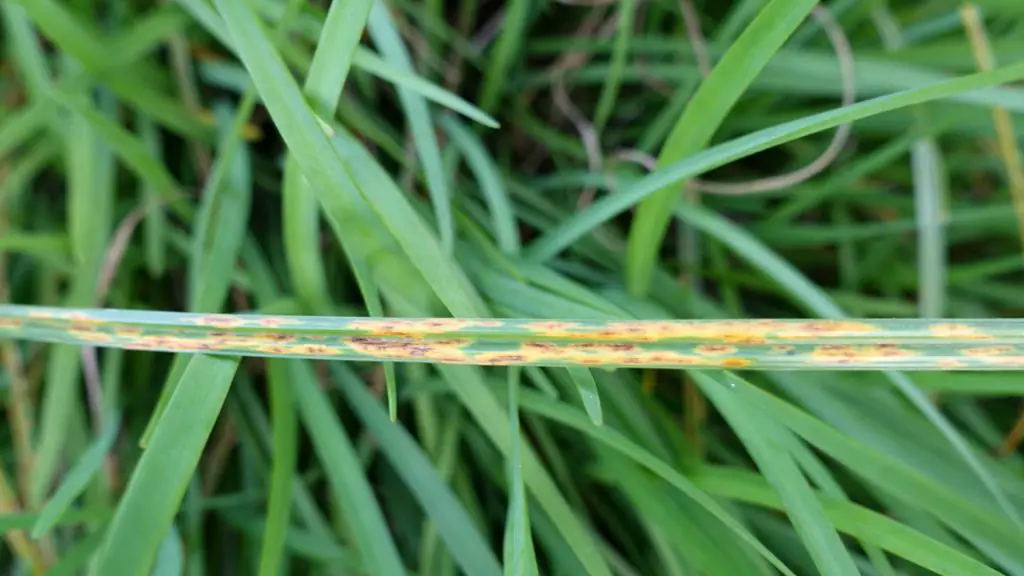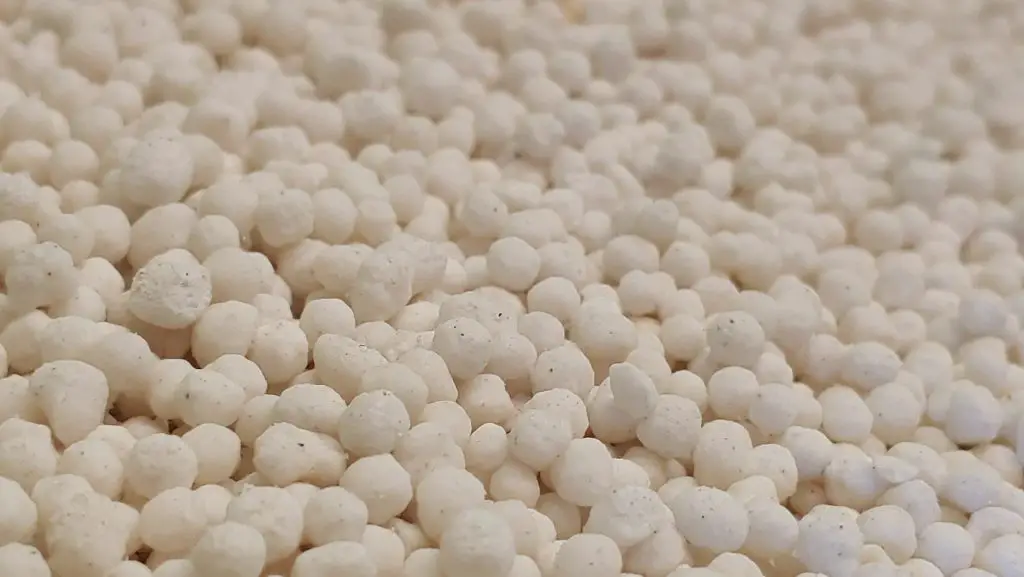Lawn Rust: What It Is, How to Get Rid of It, and How to Prevent It
Lawn rust is a common fungal disease that affects many types of turfgrasses. It is caused by pathogenic fungi, mainly Puccinia and Uromyces species. During favorable weather conditions, these fungi produce pustules on the grass blades that release spores, allowing the disease to spread rapidly. Lawn rust thrives in damp, humid environments and outbreaks typically occur in late summer or early autumn.
If you notice small yellowish spots on your grass that are clustered together, it is likely the first sign of a lawn rust infection. As the disease progresses, the spots enlarge and turn reddish-orange in color. Eventually, the blades will yellow entirely and may curl at the edges before dying off. While rarely deadly to the grass plants themselves, lawn rust can significantly damage the appearance of a lawn by causing unsightly patches of discoloration and dieback.
Proper lawn maintenance practices like regular mowing, fertilization, and irrigation can help prevent outbreaks by promoting healthy turfgrass growth. But once lawn rust sets in, fungicide applications are usually required to control the disease. Lawn rust can be stubborn to get rid of fully, so taking a proactive approach focused on prevention is key.
This article provides expert insight into identifying, treating, and preventing lawn rust disease. You’ll learn about the causes, life cycle, and control methods for lawn rust fungi. We’ll cover natural remedies as well as commercial fungicide products you can use on affected areas of your yard. With the right lawn care regimen, you can stop lawn rust from taking hold and maintain a green, healthy landscape.
Identifying Lawn Rust

Lawn rust can be identified by looking for some key symptoms and signs:
- Small yellow, orange, or brown spots on grass blades
- Spots appear clustered together in groups
- Spots enlarge over time and may merge together
- Blades turn reddish-orange and then yellow as the disease advances
- Leaves curl at the edges and turn brittle before dying
- Patches of discolored, thinning turfgrass
The following table summarizes the progression of lawn rust symptoms:
| Stage | Symptoms |
|---|---|
| Early | Small yellow to brown spots on blades in groups |
| Moderate | Spots enlarge and turn reddish-orange |
| Advanced | Entire leaf blades turn yellow; leaves curl and wither |
Lawn rust often first appears in shady, wet areas of the lawn. Check for symptoms, especially after periods of frequent rainfall or heavy morning dew. Many lawn owners initially mistake the early spots for dog urine damage. But lawn rust will rapidly spread outward in a patchy pattern, unlike isolated burn spots.
Compare the lawn rust-infected grass to healthy turf to recognize the color differences. Run your hand across affected areas to feel the brittle, dormant texture of the faded grass blades. Use a magnifying glass to look for signs of fungal fruiting structures and spores on the discolored spots.
Catching lawn rust early is key to effective treatment. Do not delay taking action once you recognize the initial symptoms in your lawn. The fungi can quickly multiply and spread under conducive conditions.
Understanding the Causes
Lawn rust is caused by two main types of fungal pathogens:
- Puccinia species – the most common cause of lawn rust
- Uromyces species – less prevalent but still a concern
The fungi produce tiny spores on the grass blades that can become airborne. Rust spores spread via wind, mowing equipment, foot traffic, infected clippings, and other means. When spores land on a suitable grass plant, they germinate under moist conditions to infect the new host.
Lawn rust fungi thrive in damp, humid environments. The disease severity increases under the following conditions:
- Frequent rainfall, heavy dews, and irrigation
- Warm days around 60-80°F
- Cool nights (spore germination accelerates)
- Shaded, poor air circulation areas
- Tall, dense grass growth
- Wet soils and thatch buildup
Proper lawn care practices can help prevent outbreaks by avoiding overwatering, improving air flow, and promoting healthy plant growth. But lawn rust sometimes occurs even in well-managed yards if weather conditions are highly favorable for the disease.
How Lawn Rust Spreads

Once lawn rust takes hold in part of the yard, the fungi quickly reproduce and spread the infection to surrounding areas. Common ways rust spores disperse include:
- Wind – carries spores over long distances
- Mowing – blades spread spores on clippings
- Water – spreads spores in splash droplets
- Equipment – spores stick to shoes, tools, etc.
- Animals/people – spores lodge in fur/clothes
The fungi produce two types of spores with different roles:
- Urediniospores – rapidly generate new infections
- Teliospores – overwinter and initiate disease next year
Rust fungi go through a complex lifecycle alternating between different spore types depending on conditions. This makes lawn rust a persistent disease threat.
Quarantining affected areas, collecting clippings, sterilizing tools, avoiding overhead irrigation, and other best practices can limit rust spore dispersal. But windborne spread is difficult to control fully.
Lawn Types Affected

Lawn rust can affect many different turfgrass species, both cool-season and warm-season grasses. Some commonly infected types include:
Cool-Season Grasses
- Tall fescue
- Kentucky bluegrass
- Perennial ryegrass
- Fine fescue
Warm-Season Grasses
- Bermudagrass
- Zoysiagrass
- St. Augustinegrass
- Centipedegrass
Broad-leaved grass varieties tend to be more susceptible than fine-bladed types. But no turfgrass has complete immunity to lawn rust fungi. Rarely, related rust diseases may even infect lawn weeds.
Cultivars bred for disease resistance can help limit lawn rust severity. But fungicide applications, proper mowing, fertilization, and irrigation are still important to prevent outbreaks in vulnerable grass types.
Prevention Tips
Preventing lawn rust begins with proper turfgrass care and maintenance:
Mowing
- Mow regularly at the recommended height
- Never cut more than 1/3 of the blade length
- Use sharp mower blades for clean cuts
- Collect and remove clippings
- Clean mower after use
Keeping grass clipped short reduces leaf wetness duration, blocks spore production, and aids disease resistance.
Fertilization
- Use quality slow-release nitrogen fertilizers
- Follow product directions for timing/rate
- Avoid excess nitrogen levels
- Apply when the grass is dry
- Irrigate after to move nutrients into the soil
Proper fertilization encourages dense, healthy turfgrass growth that better resists infection.
Irrigation
- Water early in day to allow drying
- Avoid frequent, light watering
- Irrigate infrequently but deeply
- Allow soil to partly dry between watering
- Adjust sprinklers to minimize leaf contact
Too much moisture on leaves promotes lawn rust growth.
Aeration
- Aerate at least once per year
- More often for heavy traffic areas
- Cores allow air and water to flow into the soil
- Mix a topdressing into holes
Relieves soil compaction and thatch buildup that impede drainage.
Overseeding
- Overseed thin areas in the fall
- Use rust-resistant grass varieties
- Consider spreading the entire lawn
- Cover seed lightly with compost
- Water gently until established
Fills bare spots vulnerable to infection and boosts turf density.
Lawn care experts also recommend the following general rust prevention tips:
- Scout regularly for early symptoms
- Improve airflow and light penetration
- Control shade and moisture in problem areas
- Apply preventive fungicides
- Follow other best practices for lawn health
Advance planning and proper maintenance will prepare your yard to resist rust diseases. But fungicides are often still needed under heavy disease pressure.
Treatment Options

If you already have a lawn rust outbreak, fungicide applications are the most effective treatment. Consider both natural and synthetic fungicide products:
Natural Fungicides
- Neem oil – General antifungal properties
- Potassium bicarbonate – Disrupts fungal growth
- Bacillus subtilis – Beneficial bacteria combat fungi
- Hydrogen peroxide – Oxidizing effects kill pathogens
- Sulfur – Prevents spore germination
Synthetic Fungicides
- Azoxystrobin
- Myclobutanil
- Propiconazole
- Chlorothalonil
- Mancozeb
- Copper fungicides
Follow all label precautions when using chemical fungicides. Avoid runoff into bodies of water.
Apply selected fungicides according to label directions as soon as symptoms appear. Re-apply on a 7-14 day interval if the rust persists. Spray late in the day when dew is present for best uptake into plants. Cover both infected areas and seemingly healthy turf nearby to limit further spread.
Rust Treatment Tips:
- Treat when temperatures are 60-85°F
- Apply at a curative rate (not preventive)
- Allow grass to dry before and after application
- Irrigate lightly the next morning
- Avoid mowing for 24-48 hours after spraying
- Follow all label safety precautions
Fungicides work best when combined with proper cultural practices to strengthen the grass. Remove any dead material and reseed affected patches after treatment.
Getting Rid of Existing Lawn Rust
For severe lawn rust, you may need to take more aggressive curative steps beyond fungicide sprays. Options include:
Nitrogen Fertilization
- Apply fast-acting nitrogen source
- Encourages regrowth and recovery
- Choose lower-burn potential products
- Follow label rates carefully
- Do not over-apply!
Dethatching/Aeration
- Aggressively dethatch damaged areas
- Vigorously aerate several times
- Remove plugs and dead debris
- Helps drying and fungicide penetration
Overseeding
- Overseed with rust-resistant grass
- Cover infected patches more heavily
- Press the seed into the soil before watering
- Keep new seedlings consistently moist
Renovation
- Completely re-sod infected zones
- Strip out all affected grass/soil
- Prepare soil and lay fresh sod
- Optimal but labor-intensive
With proper follow-up care, you can restore your lawn’s health after a rust infestation. However, prevention is more effective than managing extensive damage after the fact.
Final Thoughts: Lawn Rust
Lawn rust is a persistent fungal disease, but proper lawn management and preventive care can help avoid major outbreaks:
- Learn to recognize early lawn rust symptoms
- Address conditions favorable to fungal growth
- Follow healthy maintenance practices
- Overseed with rust-resistant grass cultivars
- Apply preventive fungicides when appropriate
- Treat actively when rust appears with fungicides
- Fertilize and reseed affected areas
- Renovate sections with severe dieback
No turfgrass is truly immune to lawn rust. But you can take proactive steps to protect your lawn’s appearance and vitality. Vigilance, early intervention, and integrated treatment will allow you to control this stubborn fungal pest.
Resources
- University of Illinois Extension: Rust Turns Lawns Orange
